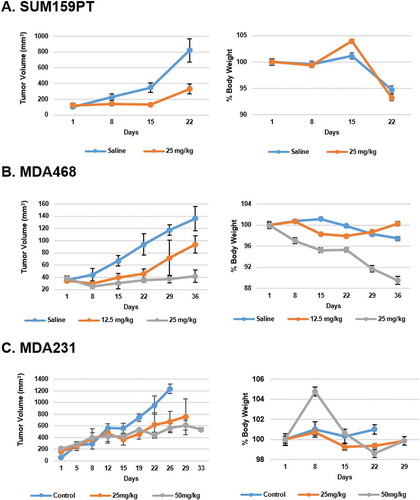Figures & data
Figure 1. Y-29794 inhibits endopeptidase activity in TNBC cell lysates
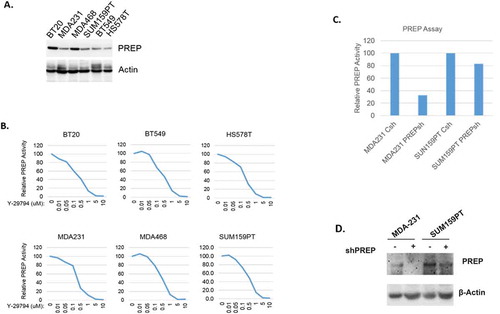
Figure 2. Y-29794 inhibits proliferation and viability of triple-negative breast cancer cell lines
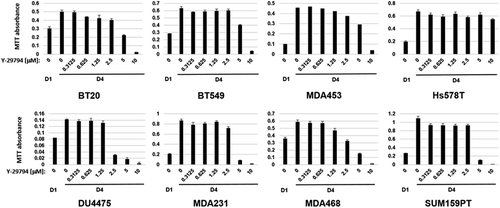
Figure 3. Y-29794 inhibits viability of triple-negative breast cancer cells
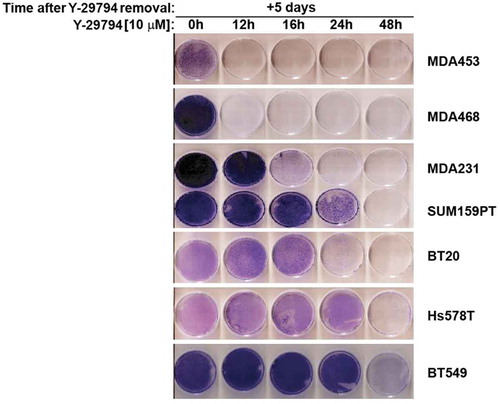
Figure 4. Y-29794 affects the cell cycle in TNBC cells
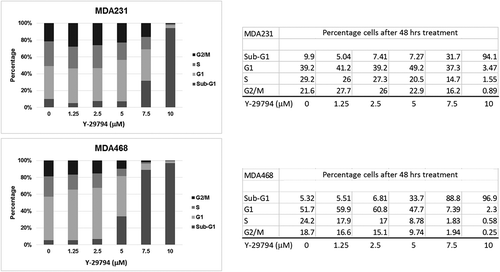
Figure 5. Y-29794 inhibits the IRS1/AKT/mTORC1 pathway in triple-negative breast cancer cells
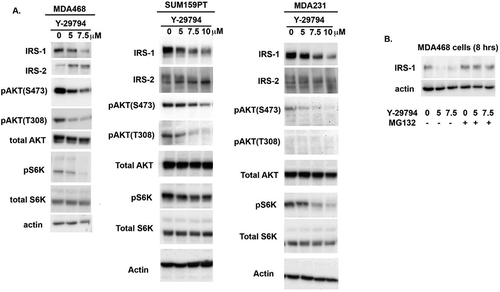
Figure 6. Inhibitors of IRS1, AKT, and mTORC1 reduce viability in TNBC cells

Figure 7. The effect of PREP knockdown on the IRS1/AKT/mTORC1 pathway and proliferation in triple-negative breast cancer cells
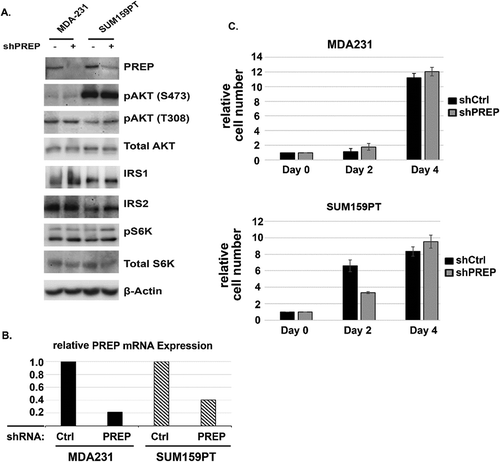
Figure 8. Y-29794 inhibits TNBC xenograft tumor growth
